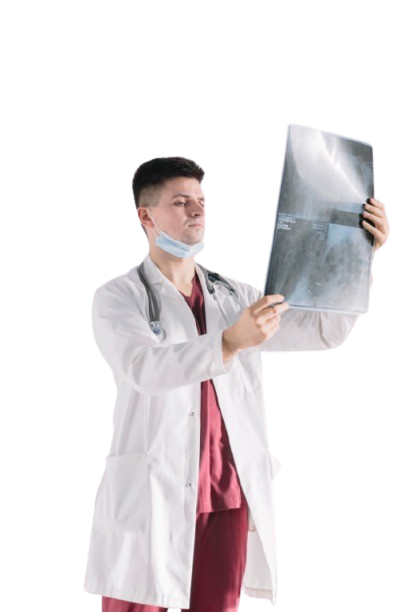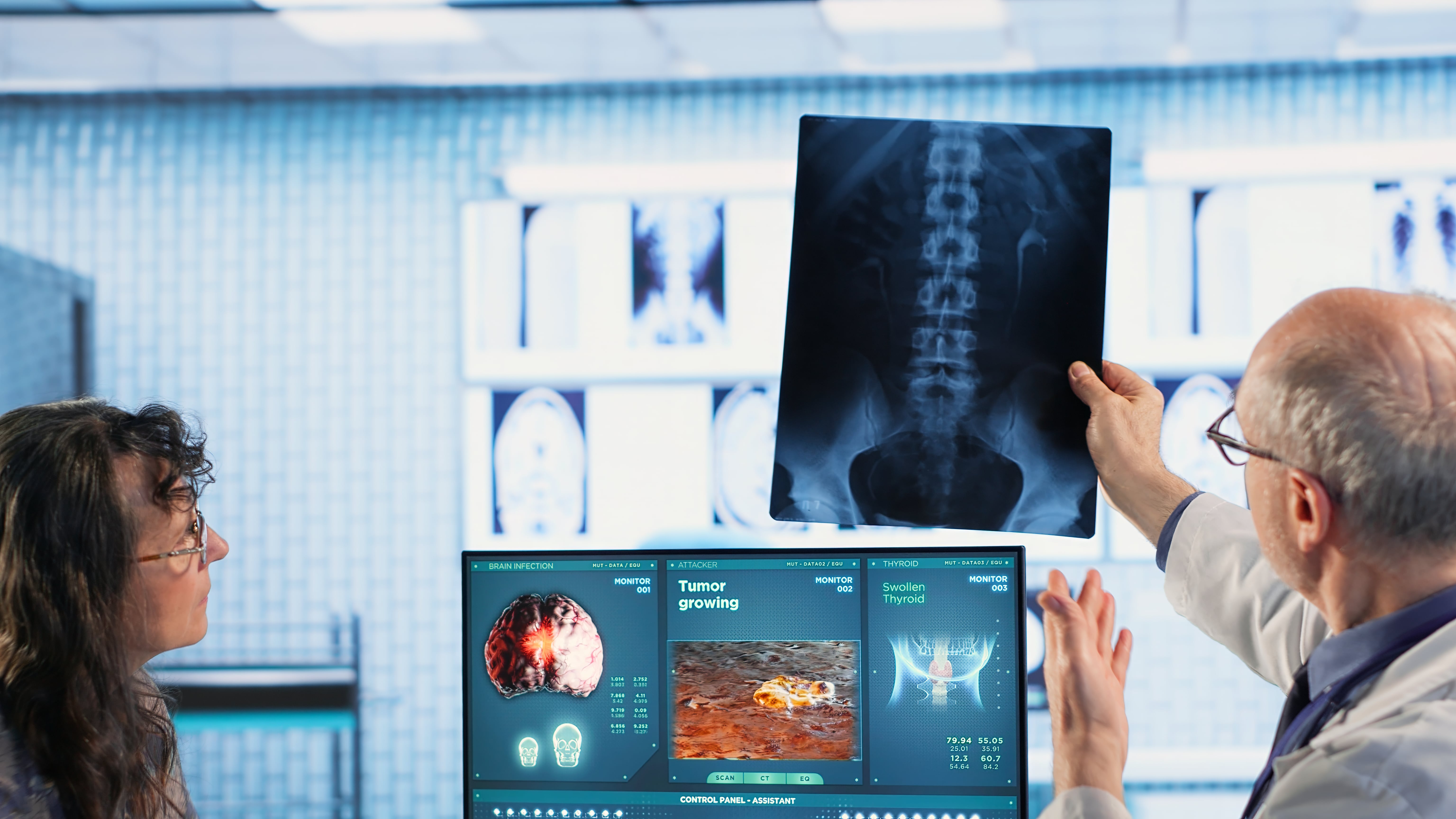Radiology

We’re here to support your healthcare staffing journey—whether you're a facility looking for top-tier talent or a clinician seeking the right opportunity. Reach out to our team for fast, responsive, and personalized assistance.
Browse Our Radiology Roles
Radiology
In diagnostic care, precision is everything — and so is timing. At UHC Staffing, we place licensed and ARRT-certified radiologic technologists, MRI/CT specialists, sonographers, and diagnostic imaging professionals into hospitals, urgent care centers, and outpatient facilities nationwide. Each candidate is vetted for modality-specific experience, EMR and PACS compatibility, and facility readiness. We understand the critical role imaging plays in treatment pathways, and we ensure your radiology department is always fully equipped to deliver fast, accurate diagnostics.


Benefits
Our radiology professionals receive tailored support that reflects the complexity of their work. We offer top-tier pay, continuing education guidance, credentialing assistance, and flexible placement options across all modalities. Whether you're seeking per diem or long-term roles, we help you stay compliant, confident, and focused — so you can deliver clarity when it matters most.
Got Questions?
We’ve got you!
A radiologist is a medical doctor (MD or DO) who interprets medical images and provides diagnoses, while a radiologic technologist is trained to perform imaging procedures like X-rays, MRIs, and CT scans under the supervision of a radiologist.
To work as a radiologic technologist, you typically need to pass the ARRT certification exam after completing an accredited radiologic technology program. Some states also require additional licensure.
It usually takes 2 years to complete an Associate’s Degree in Radiologic Technology. Bachelor’s programs (4 years) are also available for advanced career opportunities.
Specializations include MRI, CT, Mammography, Interventional Radiology, Nuclear Medicine, and Ultrasound. Each requires post-primary certification through ARRT or other relevant boards.
Yes, the demand is strong and growing due to the increased use of diagnostic imaging in healthcare. The Bureau of Labor Statistics projects continued growth, especially for MRI and CT technologists.
